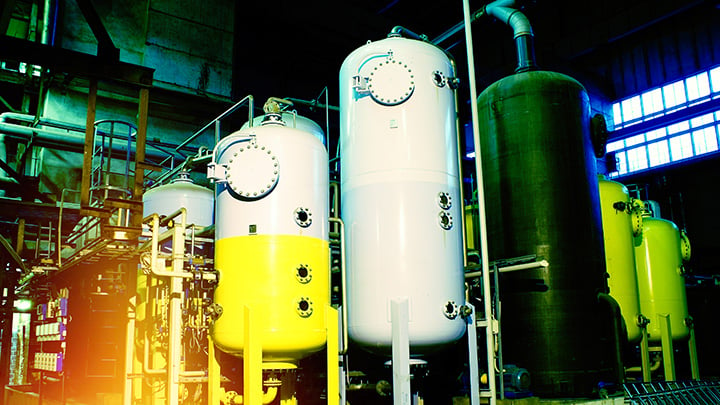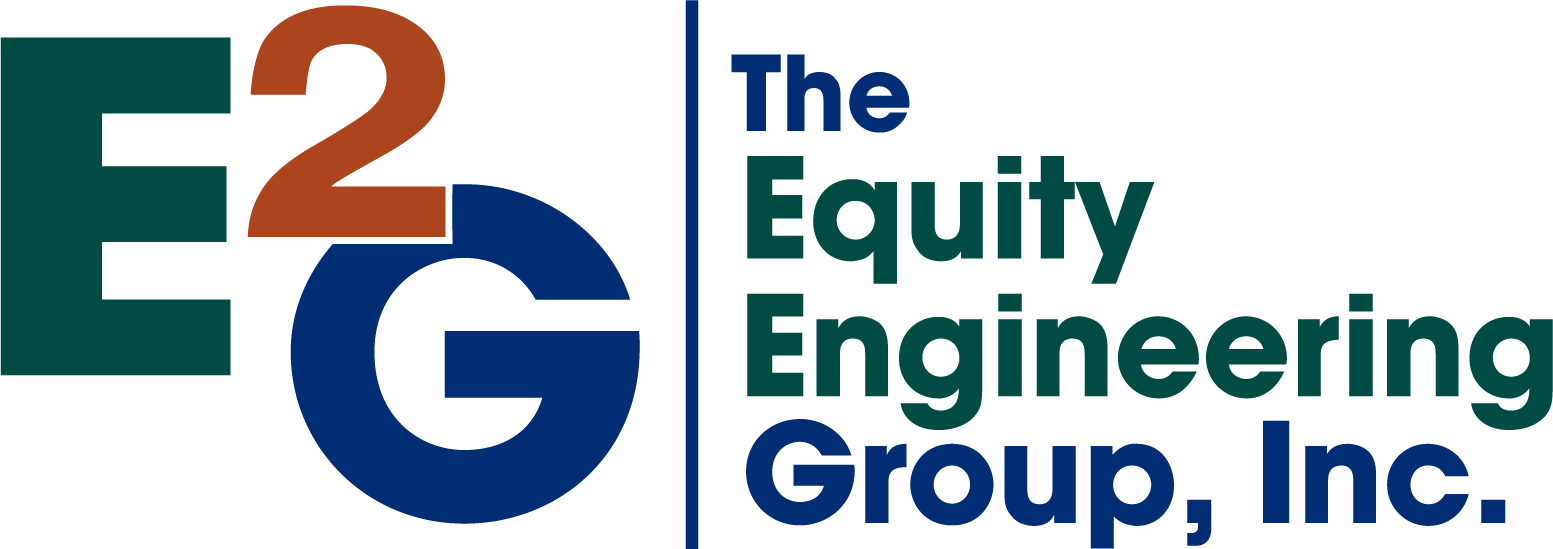API RP 970, Corrosion Control Documents, is a recommended practice developed and published by the American Petroleum Institute (API) to provide users with the basic elements for developing, implementing and maintaining a Corrosion Control Document (CCD) for a refinery, and at the owner's discretion, may be applied at petrochemical and chemical process facilities. The current and 1st Edition of this RP was published in December of 2017.
A CCD is a document or other repository or system that contains all the necessary information to understand material damage susceptibility issues in a specific type of operating process unit at a facility. CCDs are a valuable addition to an effective Mechanical Integrity program. They help to identify the damage mechanism susceptibilities of pressure containing piping and equipment, factors that influence damage mechanism susceptibilities, and recommended actions to mitigate the risk of loss of containment or unplanned outages.
API RP 970 serves as the basis for tracking CCD development, implementation, and maintenance to maintain consistency and to integrate the CCD work process with other plant integrity programs, such as Management of Change (MOC), Process Hazards Analysis (PHA), and Reliability Centered Maintenance (RCM).
Some of these programs have significant overlap with the development of CCDs, including Risk-Based Inspection studies (see API RP 580 and RP 581), Integrity Operating Windows (see API RP 584), in-house unit corrosion reviews, circuitization/systemization programs, and similar types of corrosion studies. Development of CCDs can serve as a useful starting point for establishing these programs if they have not been undertaken.
Related Topics
- API 560 - Fired Heaters for General Refinery Service
- API 579-1/ASME FFS-1 - Fitness-For-Service (FFS)
- API 594 - Check Valves: Flanged, Lug, Wafer, and Butt-Welding
- API 620 - Design and Construction of Large, Welded, Low-Pressure Storage Tanks
- API 650 - Welded Tanks for Oil Storage
- API 660 - Shell-and-Tube Heat Exchangers
- API 661 - Petroleum, Petrochemical, and Natural Gas Industries Air-Cooled Heat Exchangers
- API RP 1160 - Managing System Integrity for Hazardous Liquid Pipelines
- API RP 1173 - Pipeline Safety Management Systems
- API RP 1176 - Assessment and Management of Cracking in Pipelines
- API RP 1188 - Hazardous Liquid Pipeline Facilities Integrity Management
- API RP 538 - Industrial Fired Boilers for General Refinery and Petrochemical Service
- API RP 571 - Damage Mechanisms Affecting Fixed Equipment in the Refining Industry
- API RP 572 - Inspection of Pressure Vessels
- API RP 573 - Inspection of Fired Boilers and Heaters
- API RP 574 - Inspection Practices for Piping System Components
- API RP 575 - Inspection Practices for Atmospheric and Low Pressure Storage Tanks
- API RP 576 - Inspection of Pressure-Relieving Devices
- API RP 577 - Welding Processes, Inspection, and Metallurgy
- API RP 578 - Material Verification for New and Existing Alloy Piping
- API RP 580 - Risk Based Inspection (RBI)
- API RP 581 - Risk Based Inspection Technology
- API RP 583 - Corrosion Under Insulation and Fireproofing
- API RP 584 - Integrity Operating Windows
- API RP 585 - Pressure Equipment Integrity Incident Investigation
- API RP 651 - Cathodic Protection of Aboveground Petroleum Storage Tanks
- API RP 75 - Safety and Environmental Management System for Offshore Operations
- API RP 751 - Safe Operation of Hydrofluoric Acid Alkylation Units
- API RP 754 - Process Safety Performance Indicators for the Refining and Petrochemical Industries
- API RP 934 - Materials and Fabrication of Heavy Wall Pressure Vessels for High-Pressure Hydrogen Ser
- API RP 939-C - Guidelines for Avoiding Sulfidation (Sulfidic) Corrosion Failures in Oil Refineries
- API RP 941 - Steels for Hydrogen Service at Elevated Temperatures and Pressures
- API RP 982 - Inspection and Assessment of Refractory Linings
- International Organization for Standardization (ISO)
Relevant Links
Topic Tools
Share this Topic
Contribute to Definition
We welcome updates to this Integripedia definition from the Inspectioneering community. Click the link below to submit any recommended changes for Inspectioneering's team of editors to review.
Contribute to Definition
































